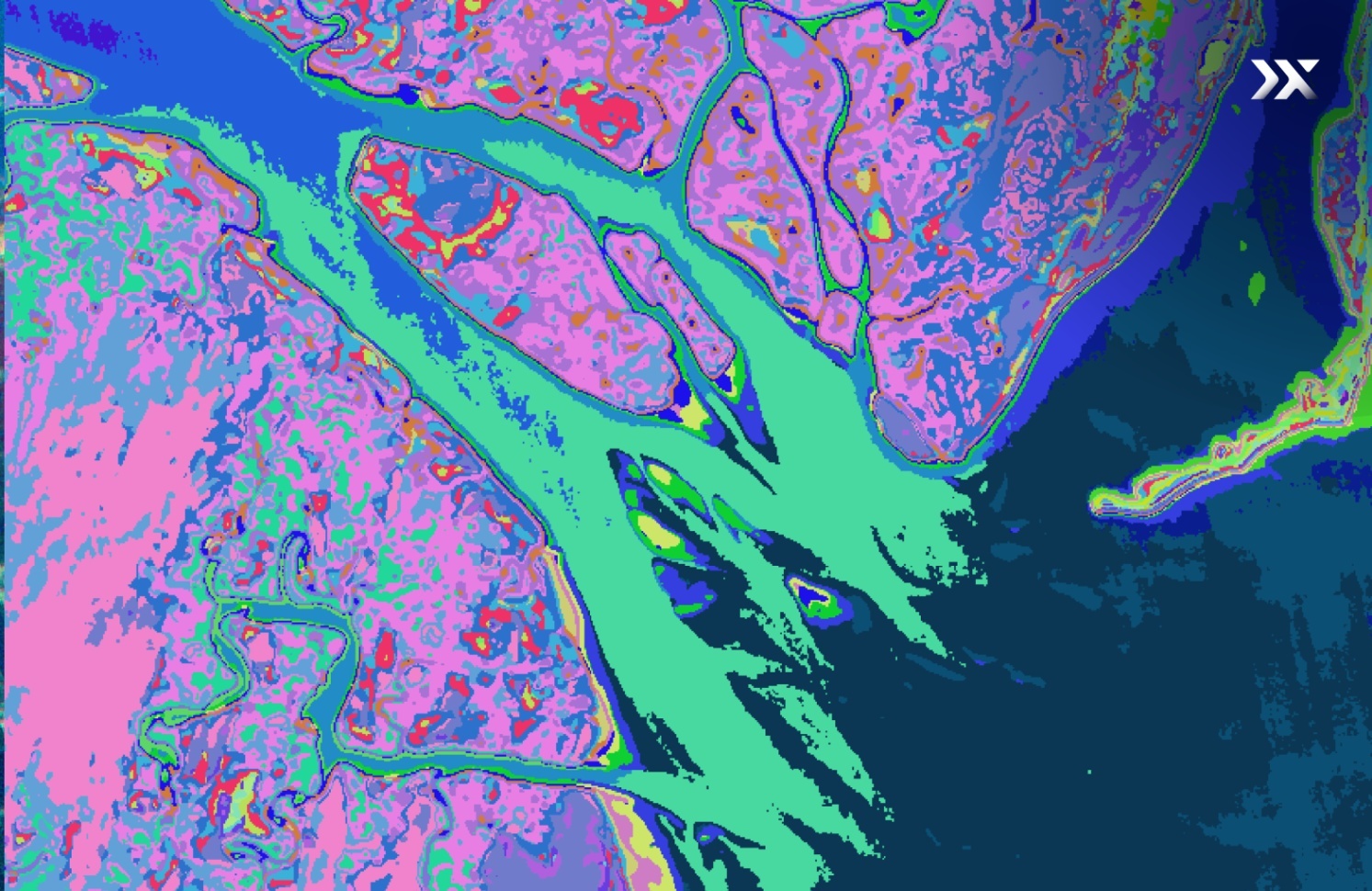The Applications of Hyperspectral Imagery in Detecting Vegetation Stress

Hyperspectral imagery is revolutionising the way Earth observation data is utilised in the agricultural sector.
For years, remote sensing has played a crucial role in monitoring vegetation and supporting agricultural practices. However, traditional methods using multispectral imaging sensors are limited in their capacity to provide a comprehensive understanding of the agricultural landscape.
Enter Pixxel’s hyperspectral imaging satellites, a technology capable of capturing imagery in up to 250 spectral bands and an anticipated spatial resolution of 5 metres. This cutting-edge technology holds the potential to bring about a remarkable transformation in the monitoring, mitigation, and prevention of vegetation stress within the agriculture sector. From the classification of specific crops and their varieties to tracking health parameters, the possibilities are endless with hyperspectral imagery.
Ground zero: What causes vegetation stress?
Vegetation stress occurs when any unfavourable condition or substance affects or blocks a plant's metabolism, growth, or development. Plant and vegetation stress varies in severity and duration and can be induced by various natural and anthropogenic factors. Broadly, it can be classified into four groups:
- Biotic - instigated by external living factors, such as bacteria, viruses, fungi, insects, and other plants,
- Abiotic – caused by non-living parts of the ecosystem, for example, extreme temperatures or severe winds,
- Physical – imposed by the physical environment including drought, water logging and salinity, and
- Chemical – caused by the state of the environment such as effects of air pollution, oil or gas spillage, pesticides, or soil pH.
Several studies have shown the impacts of vegetation stress, including changes in growth rates, crop yields, water absorption patterns, pH levels, and nutrition deficiencies. This means that early detection and diagnosis are fundamental for preventing and remedying stress-induced consequences. This is where hyperspectral imaging satellites can be leveraged to its full potential.
Hyperspectral Imaging: The way forward
All objects or elements emit unique spectral signatures. Hyperspectral imaging sensors, equipped on satellites or other aerial platforms, use this spectral signature to identify these objects and, eventually, monitor changes in state or extent. Hyperspectral imaging records a continuous spectral value for every pixel instead rather than assigning discrete values, as is the case for multispectral imaging.
Each crop also has a known spectral value at every stage of development. Any variation from this value can be an early indicator of disease or stress long before any visible symptoms occur. Hyperspectral imaging sensors can capture minor deviations in these spectral signatures and any anomalies. What sets hyperspectral imaging apart is its unique capability to capture several chemical and biological traits within individual plant species by analysing their reflective properties across a range of narrow spectral bands.

Besides the early detection of relevant factors and treatments, this technique can also be applied to understand the impact of an environment or locality on large-scale agriculture and inform future sowing strategies. The data can then be used to inform frequent interventions and enable a more sustainable decision-making process.
Applications of Hyperspectral Imaging across Agriculture
Hyperspectral imaging is well-equipped to identify, treat, and prevent vegetation stress in a timely and effective manner. One particular application is the detection of senescence - a process where plant cells stop dividing and start breaking down, leading to ageing and eventual death.
.png)
Hyperspectral imaging satellites can also be used to identify the effects of abiotic stressors such as adverse wind, temperature, and water availability. While these factors are unavoidable, resulting from locality, environment, or climate change, the timely diagnosis allows for early intervention and therefore, mitigation of stress on the plant.
Chemical stress occurs due to toxic substances or a deficiency of nutrients. As each element has a spectral signature, this can be used to recognise, identify, and locate the source of harmful chemicals using hyperspectral imaging sensors. Instances already exist where hyperspectral imagery was used to identify the presence of heavy metals and oil and gas leaks. Similarly, any physical stress brought on by phenomena including drought or water-logging can be identified and dealt with efficiently and cost-effectively using hyperspectral imaging.
A new norm for agricultural purposes is emerging with the advent of hyperspectral imaging technology, as exemplified by Pixxel's advanced sensors and upcoming satellite constellation. Overcoming initial barriers, hyperspectral imaging is gaining traction in agricultural applications and is poised to revolutionise the industry. With Pixxel's cutting-edge technology, adopting hyperspectral imagery is becoming increasingly feasible, unlocking new possibilities and insights for the agricultural sector.
Experience the power of hyperspectral imaging in agriculture with Pixxel's state-of-the-art sensors. Get in touch with our team for more information about our diverse use cases and applications.
(Content revised on 7th March 2024)




